PPT-Simplified Rules of Evidence
Author : myesha-ticknor | Published Date : 2015-11-17
How to Behave in the Courtroom Preparing and Presenting Your Case Carefully examine all materials given Become familiar with the facts witness statements and physical
Presentation Embed Code
Download Presentation
Download Presentation The PPT/PDF document "Simplified Rules of Evidence" is the property of its rightful owner. Permission is granted to download and print the materials on this website for personal, non-commercial use only, and to display it on your personal computer provided you do not modify the materials and that you retain all copyright notices contained in the materials. By downloading content from our website, you accept the terms of this agreement.
Simplified Rules of Evidence: Transcript
Download Rules Of Document
"Simplified Rules of Evidence"The content belongs to its owner. You may download and print it for personal use, without modification, and keep all copyright notices. By downloading, you agree to these terms.
Related Documents

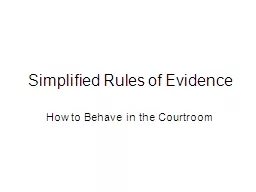
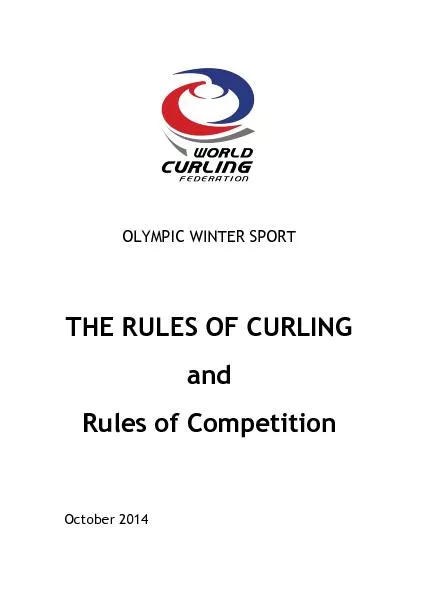


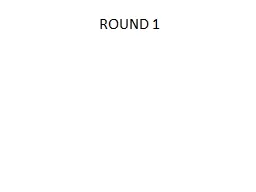
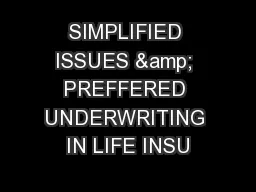

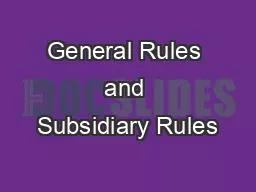

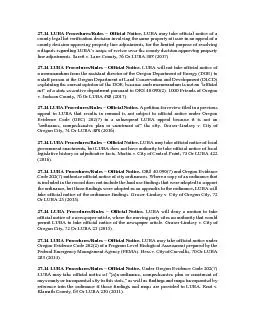
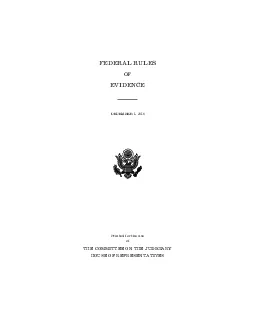
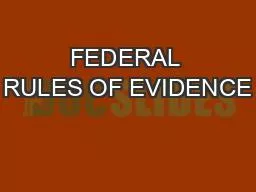
![[PDF READ ONLINE] Robert\'s Rules of Order in Brief: The Simple Outline of the Rules Most](https://thumbs.docslides.com/1019769/pdf-read-online-robert-s-rules-of-order-in-brief-the-simple-outline-of-the-rules-most-often.jpg)
